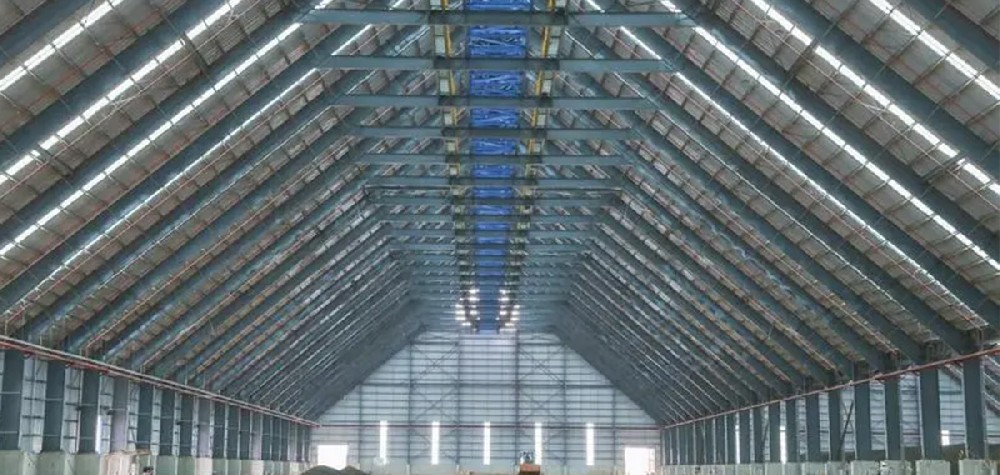Navigation Menu
Contact Us
- Email:
- info@wxavatar.com
- Address:
- Yurong Village, Yuqi Street, Huishan District, Wuxi, China.
Release Date:May 17, 2025 Visit:66 Source:Roll Forming Machine Factory
In the world of manufacturing, precision is key. Whether it's for automotive frames, construction beams, or household appliances, metal components must meet exact specifications to function properly. One method that’s making a big impact in this space is custom roll forming—a process that shapes metal with high accuracy while maintaining efficiency.

What is Custom Roll Forming?
Roll forming is a continuous bending operation where a long strip of metal is passed through sets of rollers, each set gradually shaping the metal until it reaches the desired profile. Custom roll forming takes this a step further by tailoring the process to create unique, complex shapes that meet specific design requirements.
Unlike traditional methods like stamping or extrusion, roll forming allows for:
Consistent quality across long production runs
Tighter tolerances for precise fits
Reduced material waste since the process is highly controlled
Flexibility to work with various metals, including steel, aluminum, and copper
Why is Custom Roll Forming Gaining Popularity?
1. Cost-Effective for High-Volume Production
Once the tooling is set up, roll forming can produce large quantities of parts quickly and efficiently. This makes it ideal for industries that need high volumes of uniform components, such as automotive and construction.
2. Complex Designs Made Simpler
With advancements in roll forming technology, manufacturers can now create intricate profiles—such as multi-channel or asymmetrical shapes—that would be difficult or expensive to produce using other methods.
3. Improved Strength and Durability
Because roll forming is a cold-forming process (meaning no heat is applied), the metal retains its structural integrity. This results in stronger, more durable parts compared to some other fabrication techniques.
4. Faster Turnaround Times
Since roll forming is a continuous process, it can significantly reduce production time compared to methods that require multiple steps. This helps companies meet tight deadlines without sacrificing quality.
Real-World Applications
Custom roll forming is used in a variety of industries:
Automotive: Door frames, seat tracks, and structural reinforcements
Construction: Roofing panels, wall studs, and window frames
Appliances: Reinforced edges for refrigerators, ovens, and washing machines
HVAC Systems: Ductwork and ventilation components
The Future of Custom Roll Forming
As industries demand more specialized metal components, custom roll forming will continue to evolve. Innovations in computer-aided design (CAD) and automated quality control are making the process even more precise and adaptable. Additionally, manufacturers are finding new ways to integrate roll-formed parts into lightweight yet strong structures, which is particularly valuable in automotive and aerospace applications.

Final Thoughts
Custom roll forming is proving to be a game-changer for precision metal manufacturing. By offering a blend of efficiency, accuracy, and versatility, it’s helping industries produce better components at a competitive cost. As technology advances, we can expect this method to play an even bigger role in shaping the future of metal fabrication.
Whether you're an engineer, a product designer, or just curious about how everyday metal parts are made, understanding roll forming gives insight into one of the most reliable processes in modern manufacturing.